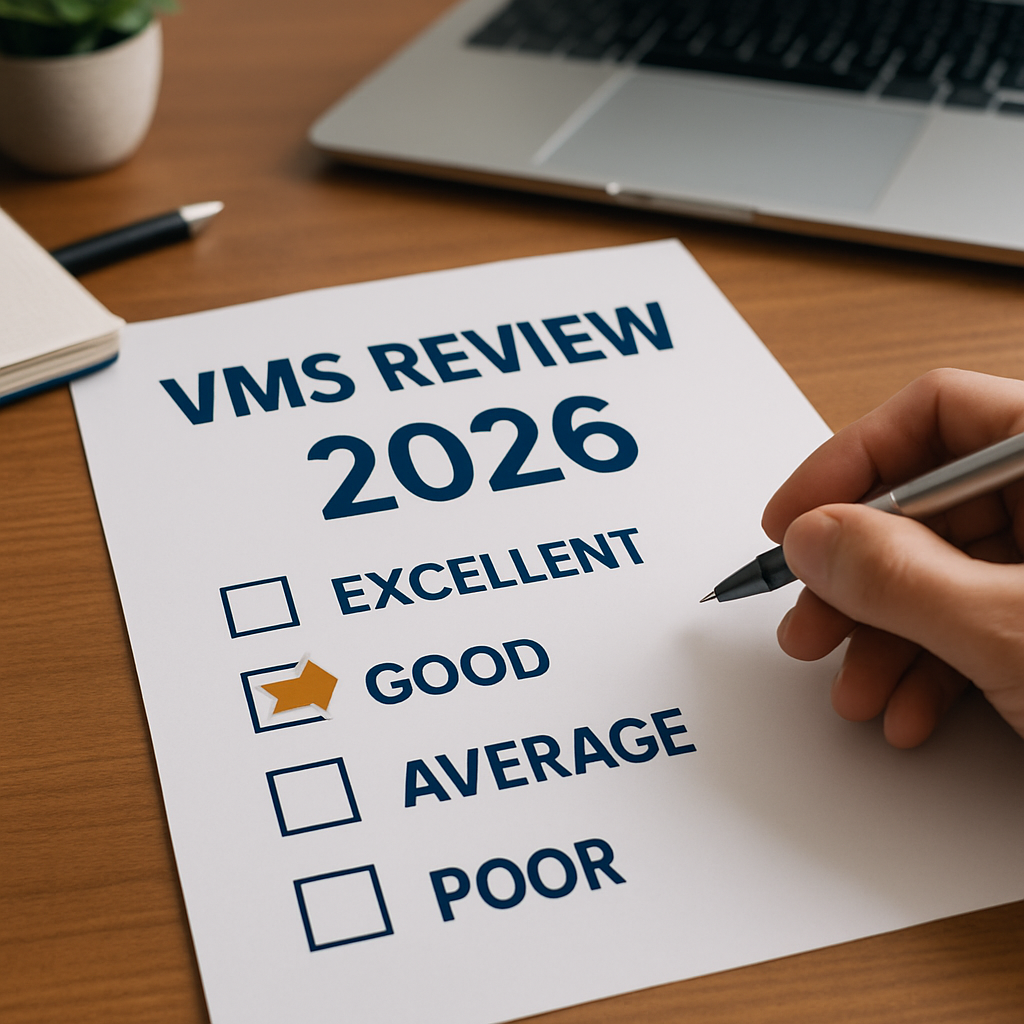Contingent workforce management is a complex and highly-strategic business practice that’s absolutely crucial for any organization which wants to optimize its use of nontraditional workers to achieve their overall workforce strategy. In this article, we look at some of the risks that come with a contingent workforce and how businesses can use a vendor management system (VMS) to track contingent workforce compliance.
Tracking Contingent Workforce
Through the augmentation of traditional employment models, companies can use contingent workers to become more flexible, access hard-to-find skills and fill positions quickly - all while saving significant amounts of money.
Yet, despite the many benefits that the contingent workforce can bring to organizations, it can also introduce new challenges and risks to a business when it’s not managed correctly. That’s why a well strategized contingent workforce management program is so essential.
Let’s start with a look at some of the risks associated with a contingent workforce and how businesses can use a vendor management system (VMS) to track contingent workforce compliance.
The risks involved in managing a contingent workforce
Managing your contingent workforce is complex. It requires the creation of a contingent workforce management program, and with it comes thousands of data points, hundreds of non-employee workers and the management of various vendors or staffing agencies.
When all these factors aren’t managed correctly, risk begins to seep into your business. When your company lacks visibility and control over its contingent workforce, high costs, low workforce quality, poor vendor choices and process inefficiencies will begin to impact the profitability of your company.
Even worse, you could fall foul of compliance laws, which can result in hefty fines, lawsuits and penalties.
Business risks associated with contingent workforce compliance
There are a range of different compliance issues that represent risk for businesses, including:
- Misclassification - Workers are misclassified accidentally.
- Alleged willful misclassification - A company misclassified their worker, knowing full well they are performing a different role.
- Co-employment - When a contractor is retained by multiple employers.
- Contractual adherence
- Insurance maintenance
- Adherence to health and safety requirements
- Adherence to company policies
Falling foul of contingent worker misclassification can result in hefty fines, lawsuits and penalties for a business.
Using a vendor management system to track contingent workforce compliance
One of the most effective ways to ensure your business is compliant with workforce classification laws, is to implement a vendor management system into your company’s contingent workforce management program.
In fact, there are a huge number of additional areas of compliance risk, beyond misclassification, that a VMS can help your business manage. These include and so much more.
So, what is a VMS?
A VMS system is a cloud-based platform that enables businesses to manage and procure staffing vendors, as well as manage all of the data and information that supports their contingent workforce.
With a vendor management system you can track and ensure contingent workforce compliance by:
1 - Mandating business-wide processes
To ensure all hiring managers are complying with local and national regulations, it’s important that your business mandates business-wide processes within your contingent workforce management program. VMS software allows you to standardize processes across your business, such as where your hiring managers source workers and how much they pay staffing vendors.
2 - Centralize the management of your contingent workforce
A VMS helps your business to move away from time-consuming and error-prone manual spreadsheets. When multiple spreadsheets get saved across your organization, and employees input the wrong information, your business is left with no visibility into how workers were sourced, how much for and under what conditions. This leaves your business vulnerable to compliance risk.
3 - Properly document contingent workforce data
A vendor management system gives you the platform you need to properly document, classify and define your relationship with nontraditional workers. Proper documentation of contingent workers will ensure your business doesn’t incorrectly identify the relationship between them and your organization.
Getting Started with a Vendor Management System
Learn more about the Benefits of a VMS with our Free VMS Buyer's Guide. Download it here:
Take the Next Step with Conexis VMS
Conexis is an award-winning VMS tailored specifically for mid-market contingent workforce programs. Leveraging the latest technology, Conexis delivers the expertise, reliability and security of enterprise systems, while offering the flexibility, user friendliness and tailored service you require. Conexis delivers enterprise level software - without the enterprise level complexity and cost.
Learn more about our Company and why organizations Choose Conexis VMS.
Contact Us
Whether you are looking to change your VMS solution, or just getting started, we are here to help. Contact Us for a Free No-Obligation Consultation to discuss your workforce challenges (and get immediate actionable insights). See how easy Conexis is to use by taking a quick 2 minute Self-Guided Tour, or Book a Personal Demo Today!
Additional articles on the managing Contingent Workforce Risk:
- Co-Employment Risk: How a VMS Shields you from Risk
- Misclassification: A Critical Risk for Contingent Workforce Programs
- 10 Ways a VMS helps reduce Contingent Workforce Compliance
- How to Identify the Hidden Risks in Your Contingent Workforce Program
- How to Track Contingent Workforce Compliance Risk with a VMS
- What is Contingent Workforce Compliance Risk?
- Is your Staffing Agency putting your company at risk?
- The Benefits and Risks of Hiring Contingent Workers
- The Top 5 Contingent Workforce Risks and How to Manage them
- How a VMS keeps you compliant and audit-ready






